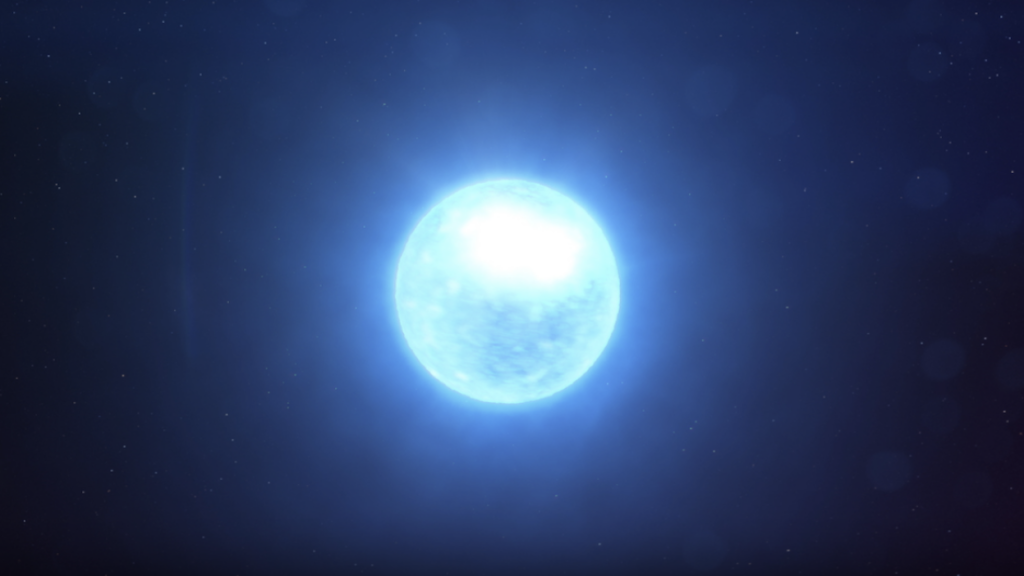NASA says it best: “Neutron Stars Are Weird!“
They are extraordinarily compact. Just a sugar cube-sized piece of this extremely dense material — the remnants of a collapsed, exploded star — weighs 1 billion tons. They’re known to rotate quickly, but scientists just found an extreme example of a neutron star spinning faster than a blender:
716 times per second. You read that right.
“If future observations confirm this, the 4U 1820-30 neutron star would be one of the fastest-spinning objects ever observed in the universe, matched only by another neutron star called PSR J1748–2446,” Gaurava K. Jaisawal, an astrophysicist in the Department of Space Research and Technology at the Technical University of Denmark, said in a statement.
Jaisawal is a lead author on the research, which was recently published in The Astrophysical Journal.
The researchers used an instrument attached to the International Space Station, called the NICER X-ray telescope (NICER stands for Neutron star Interior Composition Explorer), to identify the rapidly-spinning object. Neutron stars can blast pulses of X-rays, a type of radiation, into space. This neutron star is only about 7.5 miles (12 kilometers) across, but is 1.4 times the mass of the sun, an object 865,000 miles wide.
It’s also not alone.

Credit: NASA
Credit: NASA
The neutron star , located some 26,000 light-years away in the Milky Way galaxy, is part of a binary star system, meaning it has a companion. In this case, it’s companion is a “white dwarf,” which is a sun-like star that has grown old and shed its outer layers. Just a dense Earth-sized core remains. And they have a volatile relationship. The extremely massive neutron star, wielding profound gravity, rips material away from its white dwarf companion. Eventually, this amassing material triggers “thermonuclear blasts” that can forge heavy elements such as gold and platinum.
“During these bursts, the neutron star becomes up to 100,000 times brighter than the Sun, releasing an immense amount of energy,” Jerome Chenevez, who coauthored the research, explained. “So we are dealing with very extreme events, and by studying them in detail, we get new insights into the existing life cycles of binary star systems and the formation of elements in the universe.”
Topics
NASA

